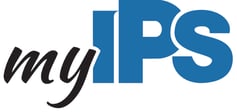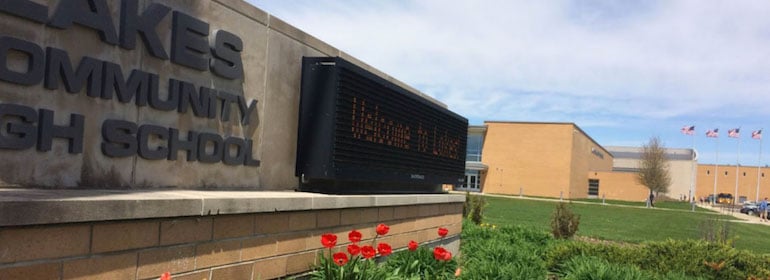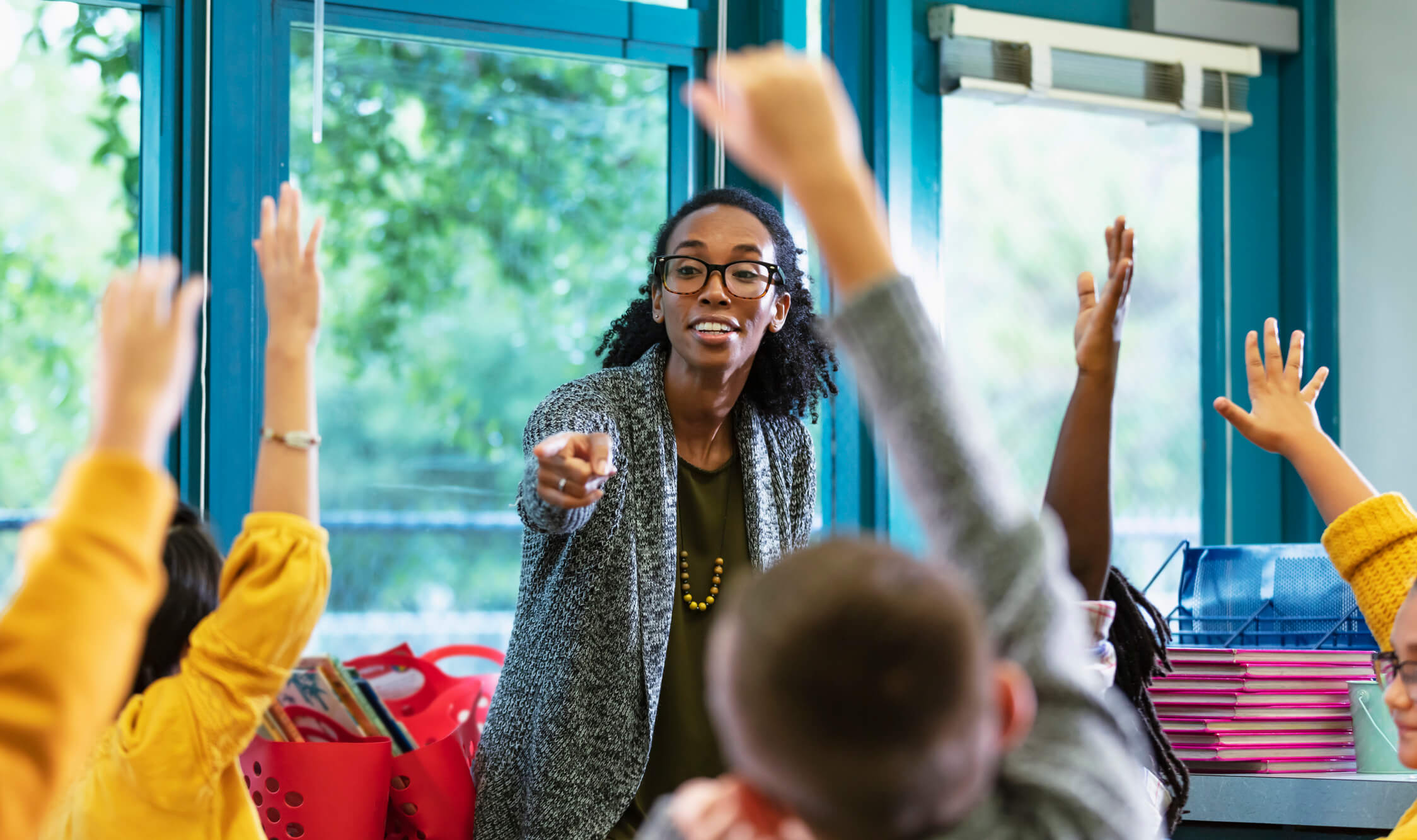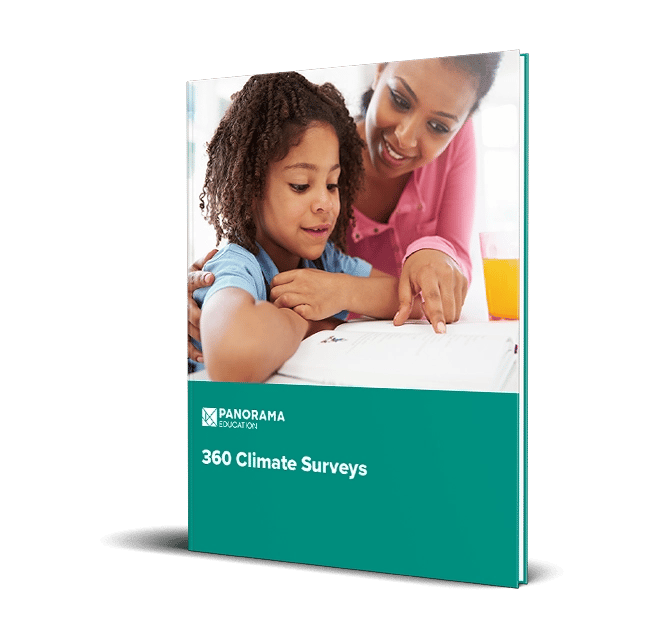 For Indianapolis Public Schools (IPS), school closures due to COVID-19 began earlier than most—on March 13. Then, on April 2, the state of Indiana announced that school buildings would remain closed through the end of the school year.
For Indianapolis Public Schools (IPS), school closures due to COVID-19 began earlier than most—on March 13. Then, on April 2, the state of Indiana announced that school buildings would remain closed through the end of the school year.
When school closures began, so did the urgent need to set up at-home learning for its 32,000 students and 2,600 caring educators.
We sat down with Sarah Robinson Chin, director of strategy at Indianapolis Public Schools, to talk about how IPS took swift action to ensure that students had access to devices and internet that would keep them connected and learning at home.
After assessing their community’s needs through a Technology and Accessibility Survey, IPS was able to develop a plan to get devices and mobile hotspots to students for at-home learning. To date, IPS has distributed nearly 4,000 laptops.
Watch our live conversation here or read the full transcript below.
Ryan Werb (Panorama): Sarah, can you take us back to the first stage of setting up home learning. What was most urgent in that moment?
Sarah Robinson Chin (IPS): When school closures began, so did the urgent need to set up home learning. We knew many students did not have access to devices and internet access at home that would allow them to connect with their teachers and classmates and continue learning. We knew we had big gaps to fill, but the challenge was to figure out who needed devices and home internet access. This was a chance for us to put our commitment to equity into action. Our students deserve a level playing field for learning and staying connected with their teachers by video for lessons, for office hours, and for wellness check-ins.
RW: Right. Like so many districts, you knew there was a need, but the challenge was to pinpoint which communities had the highest need for devices and wifi access. So that’s when you and your team at IPS and my team at Panorama worked together to set up the Technology and Accessibility Survey to ask about technology access. Tell us about how you used the data from the Technology and Accessibility Survey to support your students.
SRC: The survey was crucial in helping us understand how many students needed a laptop and internet support. And the response was immediate: within a week we got around 7,300 responses to the survey from families representing nearly 14,000 IPS students. We found out that 70 percent of students did not have a device, and approximately 30 percent did not have access to reliable high speed internet.
"This was a chance for us to put our commitment to equity into action. Our students deserve a level playing field for learning and staying connected with their teachers by video for lessons, for office hours, and for wellness check-ins."
With the amazing support of our teachers, staff, and volunteers, we were then able to use phone banking to pinpoint which students needed Chromebooks and Mifis. The information gathered through the Panorama survey and through these phone banks has allowed us to distribute nearly 4,000 laptops. We were also able to purchase 1,500 internet hotspots through the support of the IPS Foundation. We intentionally started with our high school students and middle school students in credit-dependent courses who need e-learning to stay on track to graduate.
We are proud of that because it means many more of our 2,600 caring educators can connect with our 32,000 students. We know that’s critical for our students’ ability to continue learning at home, and for our students’ well-being as well.
RW: We are living in a very new reality of rapid response. Can you talk about what that looked like for the leadership team at IPS, specifically about access to devices and wifi?
SRC: Ryan, you were a principal. You know every learning day counts. We took that very seriously in the two-week transition to home learning. We also worked with the Panorama team to get updates twice a day on the survey. We didn’t wait until that survey window closed to take action. Our leadership team got twice daily updates of new responses and we got devices out to students as quickly as we could.
RW: Sarah, the work continues. How are you and the whole Indianapolis Public Schools team focused on doing everything you can to keep supporting learning and the well-being of your students for the rest of the school year?
SRC: One thing I want to spotlight is our IPS Equity Fund. Because we identified our students’ needs through the Panorama survey and phone banking initiative, the IPS Foundation was able to leverage that data to launch the IPS Education Equity Fund. This means our corporate partners are supporting our students through e-learning, rapid response, and recovery as we prepare for our eventual physical return to school. People can learn more about the fund at www.ipsfund.org.
RW: We are here for you! Good luck, and keep us updated on all of your efforts.
SRC: Thank you, Ryan. We sure will.







